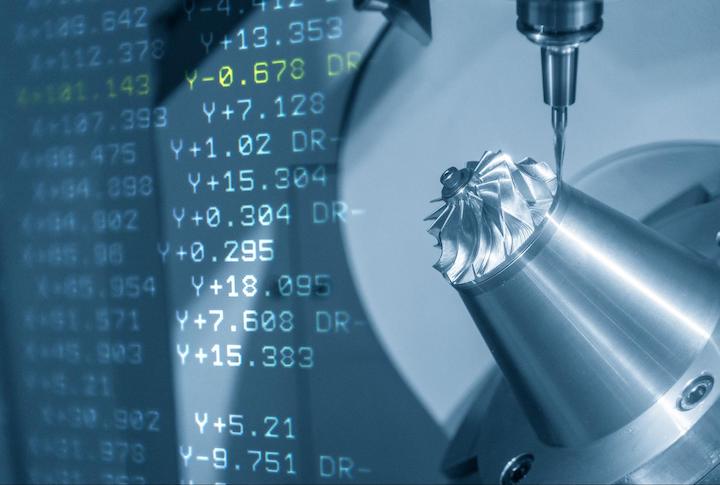- Home
- About Us
- Blog
- Capabilities
Sub-Processes
Plastic Materials
Processes Available
Post Processing
- Contact Us
| Processes | Lead Time | Colors | Tolerance | Price | Applications |
|---|---|---|---|---|---|
| CNC Mill CNC Lathe | As fast as 3 days | Optically clear, opaque | With drawing: as low as +/- 0.005 mm No drawing: ISO 2768 medium | $ | tanks, panels, and optical applications |
Acrylic is a scratch-resistant plastic, available optically clear or opaque. It is often used for tanks, panels, and optical applications. It can be somewhat brittle in thin walled areas, so it is not recommended for delicate or complex geometries.
This plastic is also known as PMMA, an abbreviation of its full chemical name, polymethyl methacrylate, as well as by the trade names Plexiglas and Lucite.
Tensile Strength | Elongation at Break | Hardness | Density | Maximum Temp | McMaster Part |
|---|---|---|---|---|---|
| 8,000 PSI | 6% | Rockwell M95 | 1.19 g/㎤ 0.043 lbs / cu. in. | 170° F | 8560K274 |
Acrylic is transparent or opaque (black, white, and a variety of colors) in its unfinished state. Clear acrylic will take on more of a frosted translucent appearance when machined, though can be smoothed again to an optically clear state using various finishing methods.
Min Wall Thickness | Min End Mill Size | Min Drill Size | Max Part Size | Undercuts | Radii : Depth |
|---|---|---|---|---|---|
| 0.5 mm | 0.8 mm (0.03 in) | 0.5 mm (0.02 in) | 1200 x 500 x 152 mm[(x,y,z] (mill) 152 x 394 mm [d,h] (lathe) | Square profile, full radius, dovetail profiles | Depth must not exceed 12x drill bit diameter. For end mills, depth must not exceed 10x drill bit diameter. |
Cost Saving Tip
To reduce costs, limit the number of part setups, the number of inspection dimensions or tight tolerances, and deep pockets with small radii.
Yes, acrylic is a common material used in CNC machining. Acrylic is a scratch-resistant plastic, which in thin-walled areas can be fairly brittle. For this reason it isn’t ideal for parts that require delicate or complex shapes.
These five tips will help you avoid difficulties and maintain a smooth cut when using CNC to cut acrylic:
Acrylic is transparent and is frequently used as a lightweight substitute for glass or for light pipes. Other uses include plastic parts such as car lights, light tubes, tanks, panels and optical applications.
At least 18,000 RPMs is the recommended speed for cutting acrylic. Although higher speeds are possible, you may need to adjust your feedrate to prevent the material from melting from the heat. This also depends on the diameter of the tool being used.

CNC (Computer Numerical Control) machining is an automated, subtractive manufacturing process where a CNC machine is controlled with a set of commands that, when followed, will produce a part. CNC operators create….

example dowel pin interference fit table